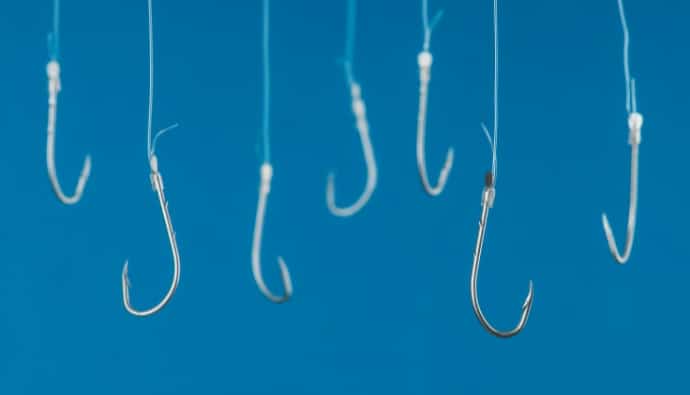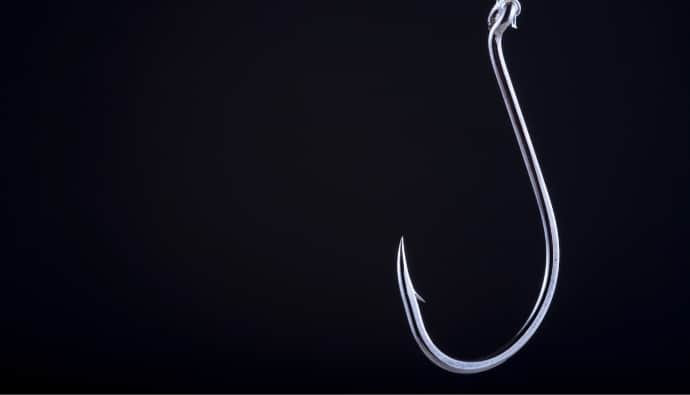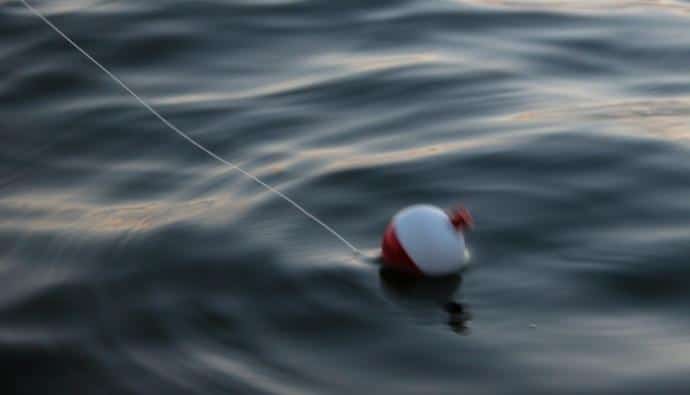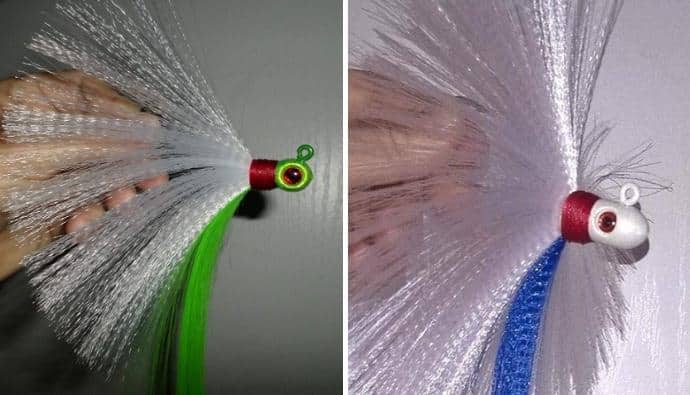It’s often incorrectly assumed that bobbers are for novices or little kids.
One of the most effective ways for locating large fish in a variety of environments is there’s always a place for bobbers in any angler’s tackle box. Whether jigging for crappy, fluke fishing for salmon or fishing with the slip bobber for walleye in clearwater, bobbers can get the job done.
Often the insecurities of self-conscious anglers prevent them from using bobbers. However, even the most seasoned fisherman will admit that bobbers have a near-mystical power for certain species.
This article will cover what bobbers are, the different kinds of bobbers, and how to fish with them.

Why Use a Bobber When Fishing?
With a variety of plastics and lures available, it’s easy to question why use a bobber. What does it accomplish?
The bobber, cork, or float fills a much-needed niche role for anglers of all skill levels. It provides a visual cue, serving as an early warning detection system for when a fish takes the hulk or is merely nibbling. Bobbers also allow you to keep track of where your bait or hook is with a surface-level beacon.
Bobber Types
There’s virtually a limitless supply of bobber designs in every shape imaginable. The creativity of anglers is endless when trying to outfox their aquatic quarry, but some gear is downright silly.
The cork, however, is not one of those ridiculous pieces of gear. Bobbers can be separated into two main categories, both of which are very effective.
Fixed Bobbers
Fix bobbers are designed like a multitool to be frequently used all the time. Affixed to a single place on your line, the name fixed bobber is indicative of the fact that they stay at the same depth where they were initially clipped.
Whether it’s the stereotypical red and white spherical bobber or more oblong bullet-shaped corks coming in white and orange, many of these bobbers keep hooks that are buried in either end to fix it in place. Other bobbers have a spring that pinches notches into the line and stabilizes it.
Most bobbers are manufactured from some sort of Balsa wood, cork, or plastic, coming in shapes and sizes that range from spherical to pencil-like.
Fixed bobbers have a distinct advantage in their ability to keep your bait effortlessly at the shallow depths where fish are feeding. Simply letting go of the spring and adjusting the bobber to the correct depth change can make all the difference between an empty stringer and a full ice chest.
An added benefit of using fixed bobbers is that no bobber stops are necessary, making fixed bobbers the easiest to use.
Slip Bobber
If you’re looking to cast long distances or have more control over the depth of your bait, slip bobbers are the way to go. Perfect for trout and walleye, this cork works well when the water is more profound than 5 feet.
Similar to fixed bobbers, slip bobbers come in various shapes and sizes. Some models are designed for maximum sensitivity, while others are more aerodynamic for further casting.
Most of these slip bobbers are comprised of the same material as fixed bobbers, the difference being that more extended cast designs have weighted bottoms.
Slip bobbers have a key differential piece in their design from fixed called a bobber stop. A bobber stop is a rigged piece of dacron that has been affixed to the mainline and allows the bobber to move within a specific parameter.
Capable of being connected to the line and cast through the eyelets, bobber stops provide more variety and accuracy in depth gauging for anglers.
However, rigging a slip bobber is slightly more complicated than utilizing a fixed bobber. Not to worry, however. With the right equipment and a little time, it’s an easy setup that will serve anglers of all skill levels well.
Color
The color of a bobber has minimal effect, if any, when determining whether a fish will hit a bait. It’s occasionally been observed redfish or largemouth bass in brackish water striking brightly colored corks, but this is an unusual occurrence.
The importance of a brightly colored bobber stems from the fact that anglers should be able to see their bobber as it is a strike indicator.
This means the bobber should be in plain sight so it may be observed for any small movements indicative of fish bites, nibbles, or potential soft takes.
Tangling in water that is muddy, murky, or high in vegetation means that a bobber that will stick out like a sore thumb is best, no matter how aesthetically displeasing it may seem.
Colors such as white and yellow work best in these instances but are utterly useless on days with high sunshine or cloud cover due to the surface reflection.
In these instances, black or orange bobbers come across as more vivid.
When Should I Fish With a Bobber?
At the risk of contradicting myself, a novice angler should start with a bobber. The benefit of a bobber is that it requires very little from the angler in its simplest form yet still yields high rewards.
Often termed as a set-and-forget, bobber fishing doesn’t require a vast amount of knowledge of the rod and reel platform you may be using that day, nor does it require an understanding of retrieval techniques and how a lure works.
Instead, anglers can cast out and watch for movement on their quirk with little to no input aside from the occasional retrieved and recast.
In these situations, anglers’ best bet is to have prior knowledge of the species they are searching for, set their bobber according to the preferred depth in the water column, and bait the hook with a common food source.
An example of this would be fishing off a small dock on a pond in the southern United States. Utilizing a cricket bobber, anglers could range anywhere from 6 inches to 3 feet down and probably be successful in catching nice-sized crappie.
For Advanced Anglers
For the more experienced anglers, jigging is an effective technique with a bobber, keeping the jig and lure pinned at a certain level in the water column.
Another example of a more advanced technique for angling with bobbers would be river fishing. Understanding that currents will drag both the hook and bobber downstream, anglers can throw their court and bait upstream, allowing it to be dragged by structure and deep holes.
In these circumstances, often, the bait will be dragged directly in front of lurking fish such as large flat-head catfish, bass, or massive perch, all of which are ambush predators.
The cork will indicate where the beach is in its journey downstream and will also mark the moment a large fish decides to take a bite at your bait-laden hook.
Frequently Asked Questions
Absolutely not. However, bobbers are an incredibly effective method of angling as they allow you to mitigate your depth in the water column and is an early warning system for a bite, as well as being visual cues indicative of fish activity.
The simple answer is as deep as the fish are. More specifically, depending on the depth of the water you are in, the fish you’re angling for, and any surrounding underwater structure will dictate your depth. The fish might be 3 feet down, but half of that may be root or submerged logs. To combat that, shorten up your cork and dangle that bait above those fish.
No. It certainly does help to keep your cork or bobber more vertical in the water column and add some weight to the cast, but it is not essential when angling with a bobber. Many bobbers come with a weight affixed to their bottom, which will aid in the vertical positioning, but a small slip sinker or bullet weight never hurts.
Yes. I’ve only seen it done a handful of times, most of which were in brackish water. Often, the bass will come off and hit the cork before they strike what’s beneath. But at the right depth, with the correct date and the right time of day, bass will certainly hit either a jig or a fat, juicy warm underneath a bobber.

 Facebook
Facebook YouTube
YouTube








